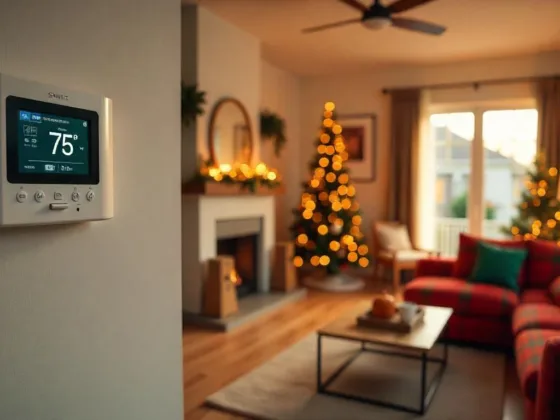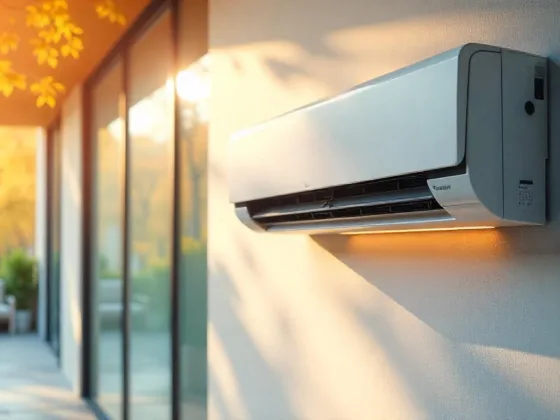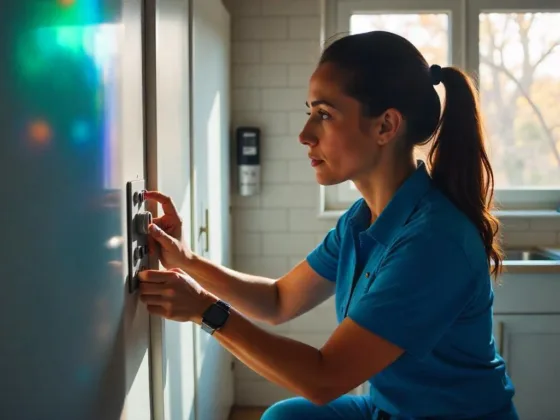Table of Contents Show
Public outings shouldn’t be a struggle. Yet, finding accessible restrooms can be tough for families, older people, and people with disabilities. Family-friendly restrooms offer a solution. They provide safe, spacious, and well-equipped facilities.
These restrooms can be found in places such as shopping centers, airports, parks, and entertainment venues, ensuring comfort and convenience for families and caregivers. This post explores the key features and advantages of these inclusive spaces.
Key Features of a Family-Friendly Restroom
Family-friendly restrooms differ greatly from typical public restrooms. They include special features for diverse needs. These features provide ease and safety for all users.
1. More Space for Caregivers
These restrooms are much larger than normal ones. This extra space helps caregivers assist kids or those with disabilities. Strollers and wheelchairs can move easily, too. A parent helping a child will appreciate the room to move.
2. Baby Changing Stations
Baby changing stations are very important. They offer a safe, clean spot to change diapers. Good stations should be strong and easy to clean. Safety straps are key to prevent falls. Imagine the relief for a parent needing this.
3. Child-Sized Features
Many family restrooms have child-sized features. Lower sinks and toilets help kids use them alone. Step stools also make things easier. This supports both kids and parents.
4. Private Spaces for Nursing Mothers
Some restrooms have private spaces for nursing mothers. These areas offer comfort and quiet. Mothers can nurse their babies without worry. This shows care and respect for families.
5. Multiple Toilet Sizes
Multiple toilet sizes help all users. Both adult and child-sized toilets are available. Parents can help kids without going to different restrooms. This adds convenience and ease.
6. Emergency Call Buttons
Emergency call buttons are vital for safety. They allow users to quickly ask for help if needed. People with disabilities or health issues will feel safer. This provides a sense of security.
7. Touchless Features
Modern restrooms often have touchless features. Automatic faucets, soap dispensers, and hand dryers reduce germs. Touchless toilet flushes also boost cleanliness. These features promote better health.
Advantages of Family-Friendly Restrooms
Family-friendly restrooms are a convenient option for parents who are always on the move. These facilities offer a private and comfortable space for assisting children, as well as improved accessibility for individuals with disabilities.
Greater Convenience for Parents
Family-friendly restrooms offer greater convenience to parents. They let parents help kids in a private, comfy space. This cuts the stress of using gender-based restrooms. Single parents find this very helpful. Caregivers also gain from these inclusive spaces.
Boosted Accessibility
These restrooms boost accessibility. They have more room for those with functional needs. People with disabilities can use them safely. They also feel more at ease in these restrooms.
Better Upkeep
Family restrooms often have better upkeep. This leads to a nicer experience for all families. Standard public restrooms may not be as clean. This makes family restrooms a welcome change.
Inclusivity for All Ages
These restrooms are for all ages. They help kids, older people, and those with disabilities. Family restrooms make everyone feel welcome. They create a space where all can feel at home.
Conclusion
As public spaces become more inclusive, family-friendly restrooms play a crucial role in making daily outings easier, safer, and more comfortable for everyone. Their continued integration into public facilities is essential for fostering accessibility and convenience for families and caregivers alike. Support businesses that offer these helpful spaces to show you care.
Infographic
Infographic provided by Bath Concepts
FAQs
Family-friendly restrooms are specially designed facilities that offer ample space and essential amenities to accommodate families with young children, older people, and individuals with disabilities. They are important because they ensure comfort and convenience during public outings, allowing caregivers to assist those in their care in a safe and welcoming environment.
You can expect features such as ample space for maneuverability, baby changing stations, child-friendly fixtures, private nursing areas, multiple toilet options, emergency call buttons, and hygienic touchless features. These elements work together to create a practical and inclusive restroom experience for all families.
Family-friendly restrooms are designed with ample space and appropriate amenities, allowing individuals with disabilities to navigate the facilities easily. Features like lower sinks, emergency call buttons, and touchless fixtures further promote safety and comfort, ensuring that everyone can use the restroom with dignity and ease.
Family-friendly restrooms often incorporate modern hygiene features such as automatic faucets, touchless soap dispensers, and hands-free toilet flushes. These amenities help minimize germ transmission, creating a cleaner and safer environment for families, enhancing overall comfort during their outings.
By providing a space that caters to children, older people, and individuals with disabilities, family-friendly restrooms foster inclusivity and accessibility. This enhances the overall experience in public spaces, allowing families to feel welcome and supported, which encourages them to enjoy outings with greater peace of mind.
Family-friendly restrooms are vital in creating a welcoming environment for all ages and abilities. By accommodating diverse needs—such as those of children, older people, and individuals with disabilities—they help break down barriers and ensure that everyone can participate in public activities, making outings easier and more enjoyable for all families.








